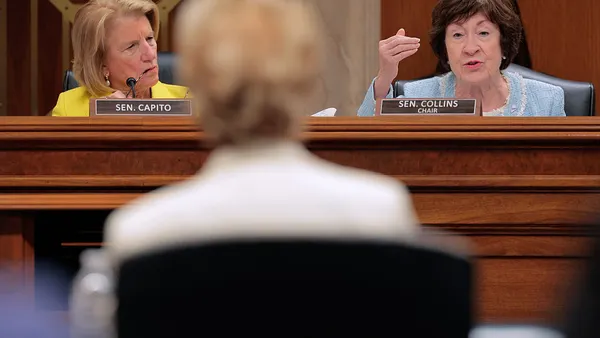National per pupil spending crept up ever so slightly between fiscal years 2019 and 2020, just by 0.7%, to $13,489 per student. This was markedly less than the 2.2% increase seen between fiscal 2018 and 2019, the year prior to the pandemic, according to a new analysis from the U.S. Department of Education's National Center for Education Statistics.
However, the most recent data only accounts for about three months of COVID-19 school closures, and many states had not yet disbursed federal pandemic relief funds.
"Current expenditures remained relatively leveled," increasing just slightly, said Stephen Cornman, director of school finance surveys at the U.S. Department of Education's Institute of Education Sciences, at a news briefing Tuesday. The public should take into account that most fiscal years for states ended on June 30, 2020, when many districts had not yet received initial aid under the Coronavirus, Aid, Relief and Economic Security Act, he said. "Because of this process, there is a lag time."
So, entering the pandemic and in the early months of it, states had to work with a relatively narrower increase in public education funding when compared to prior years.
Lower increases in expenditures may include any adjustments made in March, such as lower reimbursements for food and transportation, lower gas operating costs and lower costs for supplies like paper, according to Marguerite Roza, education finance policy expert and director of Georgetown University's Edunomics Lab.
"We definitely see expenditures dropping across the board as schools closed and went remote … and in some states, lower expenditures means lower revenues (when revenues are tied to reimbursements)," Roza said in an email.
Most districts put the money resulting from lower expenditures into reserves for use in the following year, Roza added.
NCES also adjusted the numbers for inflation, which could account for the relatively smaller increases, Roza said.
Despite this, the numbers show total revenue for public education still increased by 1.5% in fiscal 2020 over 2019. Differences by revenue type, however, show state and local revenues for public education rose while federal revenues dipped.
State revenues overall grew by 2.3% from $368.8 to $377.3 billion, while local revenues increased by 1.1% from $352.9 to $356.8 billion. Meanwhile, federal revenues decreased by 1.5%.
Per pupil revenues increased in 38 states and the District of Columbia, and dropped in 12 states, between 2019 and 2020, NCES reported.
Per pupil spending overall was highest in the Northeast, but increases in student spending were the greatest in New Mexico, Illinois, Kansas, Texas and Indiana. States with the largest decreases in per pupil spending included Delaware, Connecticut, Arizona, Alaska and Arkansas.
In Delaware, declines were mostly a result of decreases in reported state spending on district employee benefits, data the state is currently reviewing and may update. New Mexico's increase followed growth in spending on instructional salaries and student support services.













